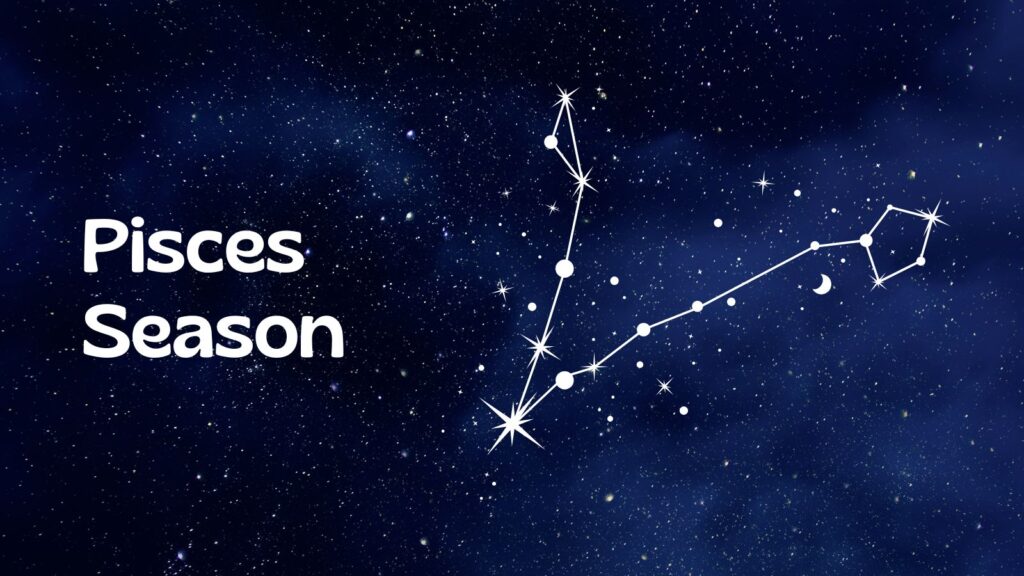The following originally appeared on The Daily Transmission.
Can a provider of sexual services facilitate healing? How can transformation take place within such an exchange? We don’t often hear about them, but there are plenty of anthologies of sexual healers’ stories, for those who would seek them out. It is these men and women’s voices that I’d like to amplify in this piece. It would be illuminating to hear from their clients as well, but those accounts are few and far between. However, it is interesting to note that many of these people actually started out as clients, with trauma or pain to be healed, and later in life became healers themselves. Often their personal essays include stories of being in both roles.
Why is sexual healing necessary? Joseph Kramer, founder of the Body Electric School and a self-professed “sacred prostitute“ says:
You can talk to a psychotherapist about sexual abuse for years, but for intervention on the physical plane, we call on a sacred intimate…It is in the physical world that the trauma took place and that’s where the healing most effectively takes place. (Blackburn, 2007, p.61)
It seems important to note that the terms “sexual trauma” and “sexual abuse” carry a lot of stigma, and it is easy to forget that these things take place on all different points along the spectrum. Being addicted to drugs can mean being a “functioning addict” or being a “junkie” on the street. Although one might seem better off than the other, we’d agree that both people need treatment. Similarly, having a conscious memory of egregious abuse as a child is not the only qualification for trauma. I would argue that most of us carry sexual pain and trauma from living in this sexually dysfunctional society, whether or not we are conscious of it.
A legitimized role for sexual healers is not that far of a leap from what we already have as (almost) socially acceptable in society today: sexual surrogates who are sometimes recommended by psychotherapists as an adjunct to talking therapy. Still controversial, they are gaining acceptance. The International Professional Surrogates Association has a training program that you can go through if you wish to work within the realms of traditional medicine and therapy. The men and women featured in this article mostly work outside of those worlds, with only a couple of them doing official “surrogacy” work.
Two prominent and important aspects of all the featured healers’ stories is their ability to offer acceptance and presence:
A common trait of all the sacred intimates in this book is their full acceptance of themselves and those who come to work with them. Such complete acceptance is so rare that it is much more radical than any of the physical activities that take place during their sessions. Perhaps that is why we so often hear that shame is released in sacred healing sessions – because, in the presence of a loving person who accepts another ‘warts and all,’ a person can let go of their self-loathing and recriminations, even if for one precious moment. (Blackburn, p.215)
Presence means that you are met ‘where you are’ physically, emotionally, mentally and spiritually. Presence doesn’t mean that the person is like you in all these ways, but that she respects you and accepts you fully. To be present also means that the sacred healer attends fully to the individual(s) he is with and the situation he is in, without jumping to conclusions about what is happening inside the person, and without attempting to lead or control. Sacred intimates often describe their experience of being present as being an open conduit for healing, as channeling divine energy, or as just being a witness for their client. They limit their own personal input, and allow healing energy to take over the situation. That level of presence allows wonderful and amazing things to happen.” (Blackburn, p.219)
Similar to presence is the gift of allowing a person to feel wanted and received, something not all of us feel in life. Sensual masseuse Carolyn Elderberry says, “The men…knew they wanted their wives to desire them; they hadn’t realized the extra dimension of their frustration was their need to be wanted and received” (Stubbs, 1994, p.164).
In terms of healing, many clients have issues around trust, intimacy, sharing and surrender. All these things are important in living a “healthy” life and these kinds of sessions allow them to experience them, and to build their ability to have these experiences with another (non-working) partner. None of these sexual healers (and not all sex workers in general, for that matter) think of their job as providing a strictly sexual service, although sex is often (not always) a part of the time they share with their clients. It is the service of providing intimacy. This is increasingly common, as is well documented in Columbia professor Elizabeth Bernstein’sTemporarily Yours: Intimacy, Authenticity, and the Commerce of Sex.
Other aspects of healing can occur through exploration of fantasies:
We suspect that many of the dark fantasies we love to explore in SM are paths to the Shadow – paths to parts of ourselves that we wish to bring back into consciousness, split-off parts that we want to welcome back so that we can be whole. Seen in this way, the theater of SM is a sort of psychodrama, tracing a scary painful path to some dark cave in our iceberg, but with someone else to share in the journey and act as mirror to validate our experience…What if bringing our dark fears into the light of awareness can heal us, make us more whole? (Easton, 2004, p.167)
So if all this healing is possible, why would anyone choose to work outside of sexual surrogacy and brave the underworld of sensual massage and other services that could have them arrested for prostitution? As Selena Truth put it:
One of the pleasures of doing sensual massage was that I reached people who would never have come to see me if I had called my work “spiritual” or “healing.” Yet often they were the ones most in need of healing. The promise of an exotic sexual experience lured them in, and once they were there, they often received much more than just a hand job. Like with this man, I used the opening that happened with orgasm as a way in, to plant seeds of self-loving, heart-healing and a glimpse of a broader reality. (Truth, 2009, p.103-104)
Carol Queen, activist and self-identified call girl says:
To guide another person to orgasm, to hold and caress, to provide companionship and initiation to new forms of sex, to embody the Divine and embrace the seeker – these are healing and holy acts. Every prostitute can do these things, whether or not s/he understands their spiritual potential. (Stubbs, p.201)
To see an act of prostitution as “healing” or “holy” is to turn Judeo-Christian and Puritanical values on their head, to look at the world through a completely different lens. A lens that is sex-positive, that embraces embodied spirituality (rather than a spirituality that denies the body), one that seeks immanence rather than transcendence. Through this lens we see a whole new world of possibilities for healing, connection and oneness ahead. Shepherding us from the old world to the new are these bright spirits, these modern day sexual healers, leading the way.
~ ♥ ♥ ♥ ♥ ♥ ~
References:
Blackburn, S., & Wade, M. (2007). Reclaiming Eros: Sacred Whores & Healers. Portland, ME: Suade Publishing.
Easton, D., & Hardy, J. W. (2004). Radical Ecstasy: SM journeys to Transcendence. Oakland, Calif.: Greenery Press.
Stubbs, K. R. (1994). Women of the Light: The New Sacred Prostitute. Larkspur, Calif.: Secret Garden.
Truth, S. (2009). Tales of a Sacred Prostitute: Revelations of how Sexual Energy Heals. Bloomington, IN: AuthorHouse.













